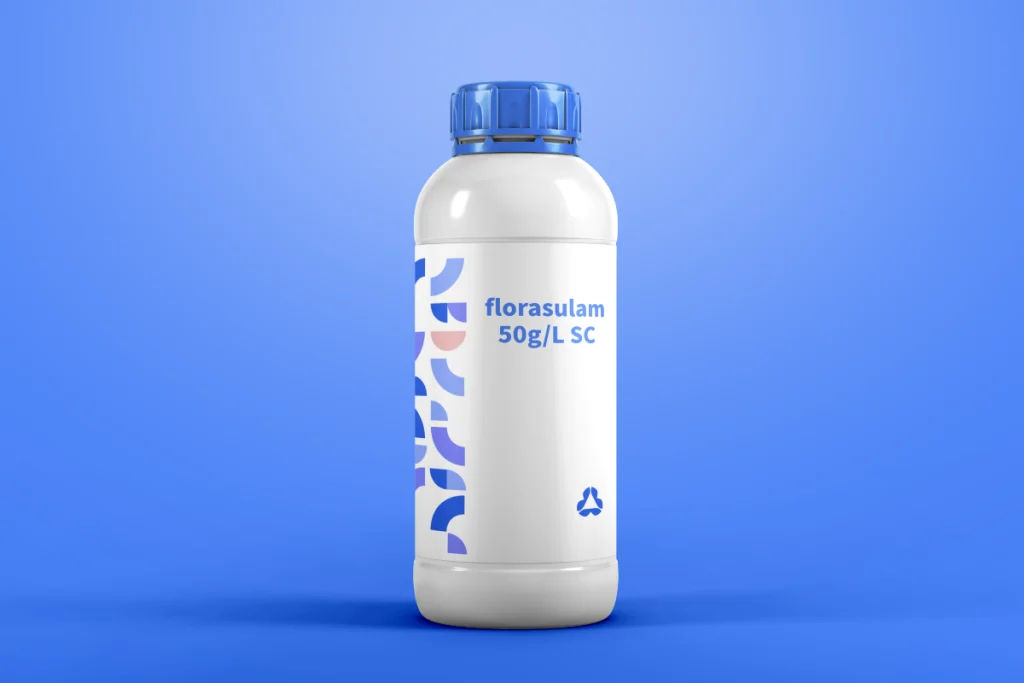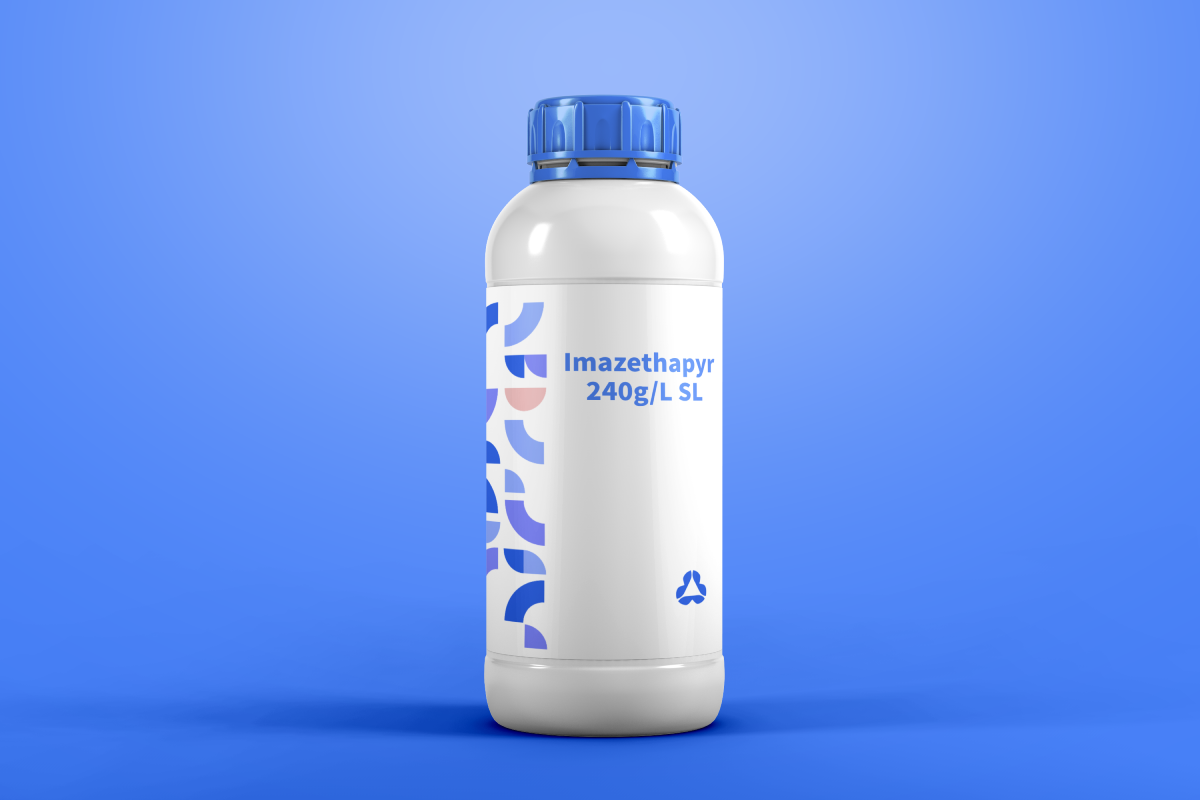Imazethapyr 240g/L SL (Soluble Liquid) is a systemic selective herbicide belonging to the imidazolinone family, designed for post-emergent control of annual and perennial grasses, broadleaf weeds, and sedges in soybeans, sugarcane, and fallow fields. As an acetolactate synthase (ALS) inhibitor, it disrupts amino acid biosynthesis, leading to weed growth cessation and death. The SL formulation offers high solubility in water, ensuring uniform mixing and efficient foliar absorption.

Florasulam 50g/L SC – Advanced Sulfonamide Herbicide for Cereal Crops
Product Positioning: A low-toxicity, highly selective sulfonamide herbicide formulated as a suspension concentrate (SC), targeting resistant broadleaf weeds in wheat and other cereals. Developed by Dow AgroSciences, it



